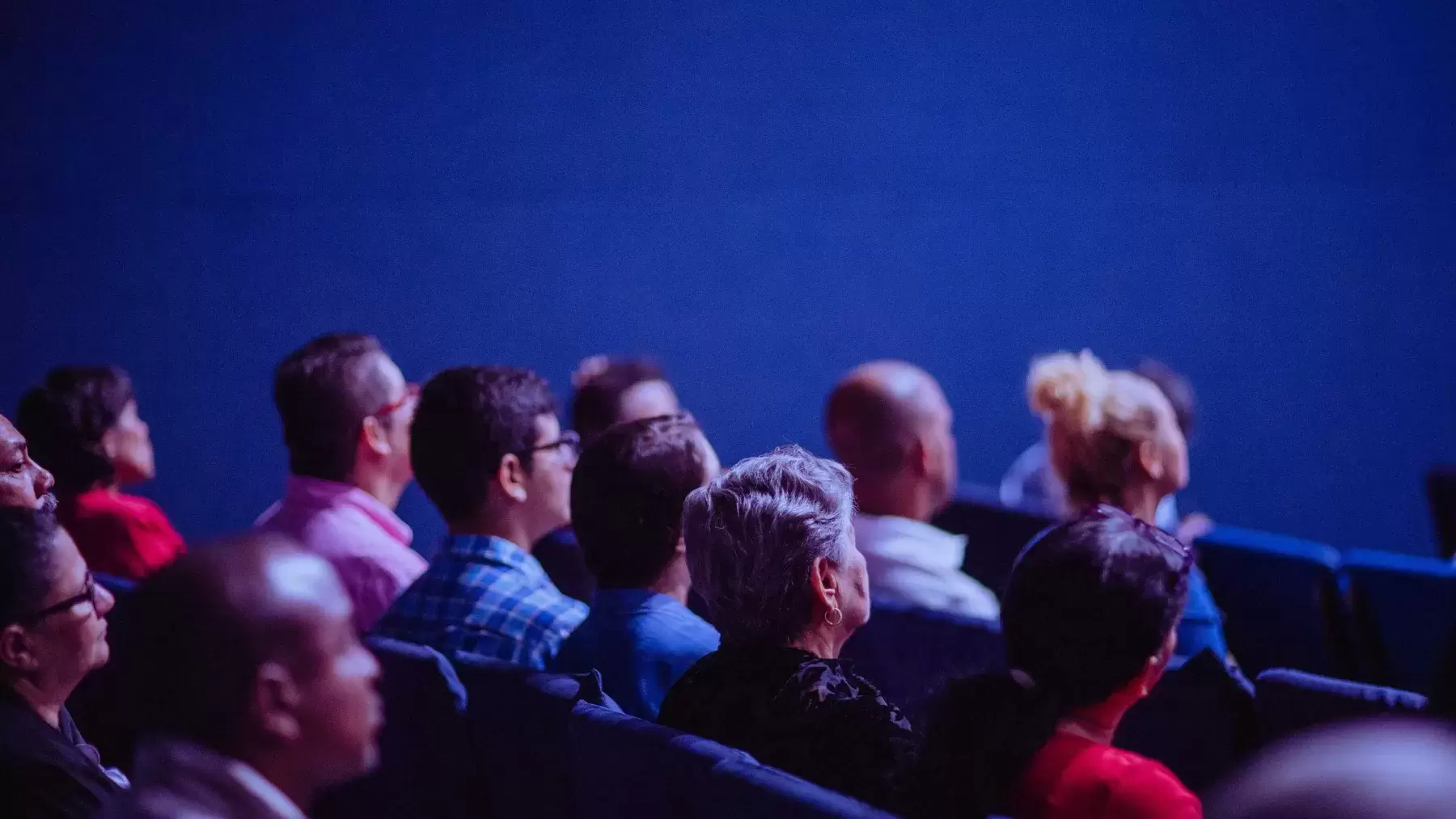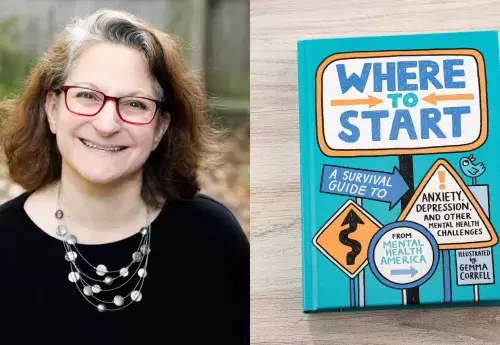
If you’re like me, the idea of attending a congressional briefing may be intimidating and confusing. Initially, I expected what you might see on C-SPAN – to walk into a large meeting room full of older, influential government representatives questioning people as they stand in front of a microphone. As mental health advocates, or future advocates, our voices matter, and attendance at these types of forums is imperative for change. Perhaps, like you, the thought of something so formal was intimidating.
What I experienced, however, was far less stoic. In fact, it was the exact opposite of what I was expecting. They even provided snacks and refreshments.
Briefing basics
Congressional briefings are like mini informational sessions filled with people from all corners of the nation who share a common interest or concern. The main goal is to provide insights into an issue by detailing its prevalence and helping people understand that change is necessary for improvement. Once that information is provided, participants can explain how and why their proposed solution would benefit the greater good.
Recently, Mental Health America and our partners organized a congressional briefing to discuss the importance of peer support services and what is needed from Congress to expand access. You can check out the recording here. For someone new to mental health advocacy or wanting to become more involved in the legislative side, here are discoveries I made that might help on your journey.
5 takeaways and tips
1. If you're looking for a solution to a systemic issue, you must provide information on why and how that issue affects average citizens – and offer solutions.
At the latest briefing, Mental Health America gathered a group of experts in peer support services to discuss why new solutions are vital to their work and how others can get involved. Among the panelists, one provided direct peer support services in underserved communities; the second received these services as a young person and has since dedicated their life to ensuring other young people have that same access; the third works for a health insurance provider that reimburses peer support specialists, increasing access for many folks in need; and the fourth panelist shared her experience with institutionalization and professionals who claimed her diagnosis would prevent her from living an everyday life. All four experts provided in-depth knowledge and living proof that peer support services are effective and should be physically and financially available nationwide. The information they shared proved to attendees how beneficial peer support services have been to the lives of those they serve and showed how easy it would be to implement more peer services across the nation. As an organization led by the voices of lived experience, these real-life accounts gave insights into the issue. By then providing a solution and tips on how that solution can be molded and applied on a larger scale, policymakers are left with tangible mechanisms to work with.
2. Support from multiple groups and organizations is essential.
If you plan on asking for anything from Congress, or even your local or state legislator, you had better have ample support from several sources. With 1 in 5 adults and 1 in 6 youth experiencing a mental health condition in any given year, mental health will affect everybody either directly or indirectly at some point in their lives. Having this knowledge makes the case that mental health care is a bipartisan issue, which has resulted in overwhelming support from both sides. That support comes in handy when these asks are taken to Congress. In addition to bipartisan support, Mental Health America used this opportunity to gather like-minded partners and collaborators to inform the briefing. Increasing the breadth and depth of the information, along with the diverse bodies of representation, strengthened our asks.
3. “Leave-behinds” provide critical information and summaries.
Congressional briefings tend to provide much information within a short period, so it’s reasonable to assume some of that information may be glossed over or not retained. Staffers, liaisons, and others in attendance may need to relay what they heard to a Congressperson or other staff, and you want to make sure they hit the vital information. The purpose of a leave-behind document, or one-pager, is to ensure your audience understands the message and can reference it once the briefing ends. In this particular briefing, we had six asks that included information on different acts, bill proposals and calls to action, all mixed in with impactful stories of lived experiences from our panelists. Providing attendees with a short, concise summary of the focal points ensures those with the power and motivation to take action have the correct information to do so.
4. Invite the right speakers, organizations, and other attendees.
If you are hosting a briefing, or advocacy event, getting the word out to key individuals and organizations will go a long way to strengthen your message and improve the chances of asks being put into legislation. With mental health being a concern for everyone, regardless of their political affiliation or demographic profile, it stands to reason that most folks would want to see conditions improve. At this briefing session, the invite list included over 70 organizations who wanted to learn more about or shared our passion for peer support services. We also invited experts to share their lived experience: Tiara Springer-Love, a mental health advocate from New York; Lauren Foster, a behavioral health program manager at Blue Cross Blue Shield, Minnesota; Vesper Moore, a mental health advocate at Kiva Centers; and Dana Foglesong of the National Association of Peer Services. By having panel experts from various corners of the mental health world, we could discuss the multiple barriers to implementation and potential solutions to improving access. The wide array of attendees improved our chances of spreading that information throughout groups and organizations to garner even more support. This is crucial for goals like increasing funding for research and advocating for grants and support for community organizations that provide peer support services.
5. Congressional briefings are a great place to network and meet folks with similar agendas.
If you are attending a congressional briefing, it’s probably because you have a vested interest in the subject matter – along with the other attendees. Common interests make it the perfect opportunity to meet face-to-face with other people who share your passion and can discuss solutions. A business card is a must if you plan to expand your professional contact list. Additionally, introducing yourself to panelists after the session is always a good idea. After all, those speakers are experts in their field and have experience in your area of interest.
Ultimately, my frightening perception of congressional briefings at Capitol Hill was shattered, and I will attend more should I get the chance. I arrived feeling anxious and out of place but left feeling supported and rejuvenated in being a part of the solution. I also learned a lot despite being well-versed in the subjects. It helped to hear accounts of lived experiences and realize that others care about and want to improve mental health in our nation. Plus, the snacks they provided were excellent. If you get the chance to attend a congressional, or even state government, briefing, take it.
Watch recording of congressional briefing
Makalynn Powell is the Peer and Youth Policy Fellow at Mental Health America.




